Ceratosaurus lived in the last stage of the Jurassic. A genus composed of a trio of species that populated the planet for 148-153 million years was named in its honor.
Now, they are here. The following Ceratosaurus coloring pages are waiting for you. Pick your colors on them so they will be fun. Happy coloring.
Free Ceratosaurus Coloring Pages

ceratosaurus coloring pages for kids 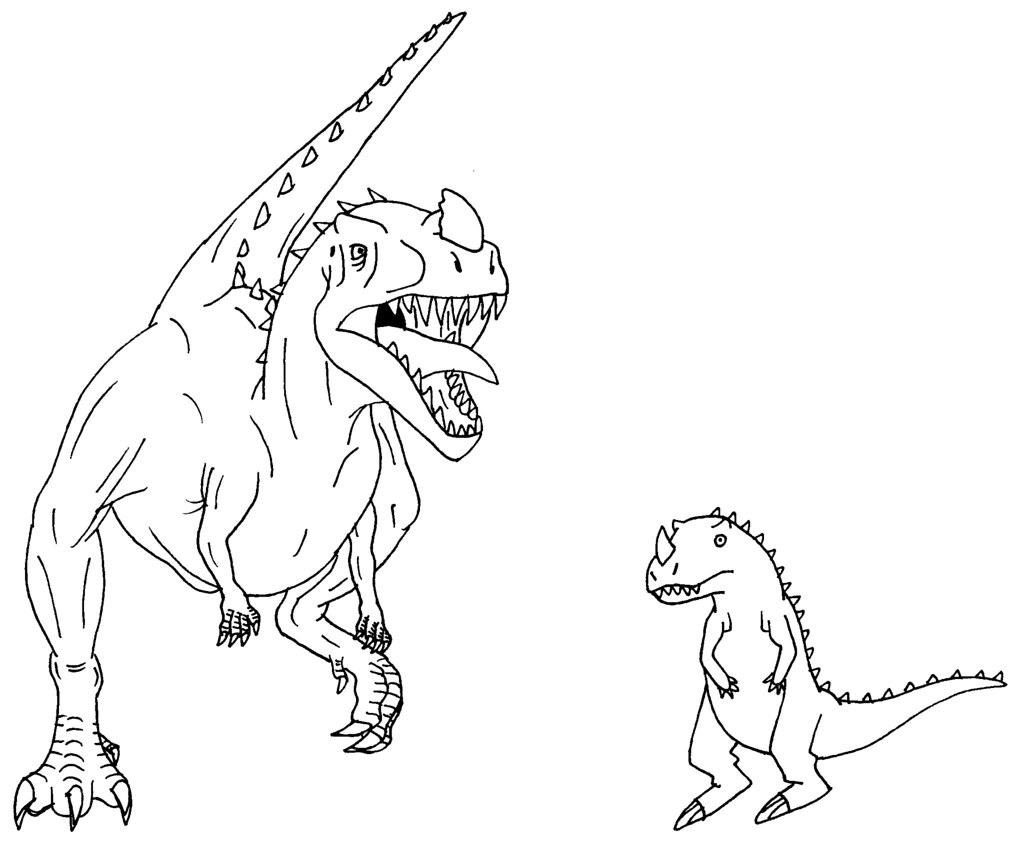
ceratosaurus coloring pages to print 
ceratosaurus coloring pages 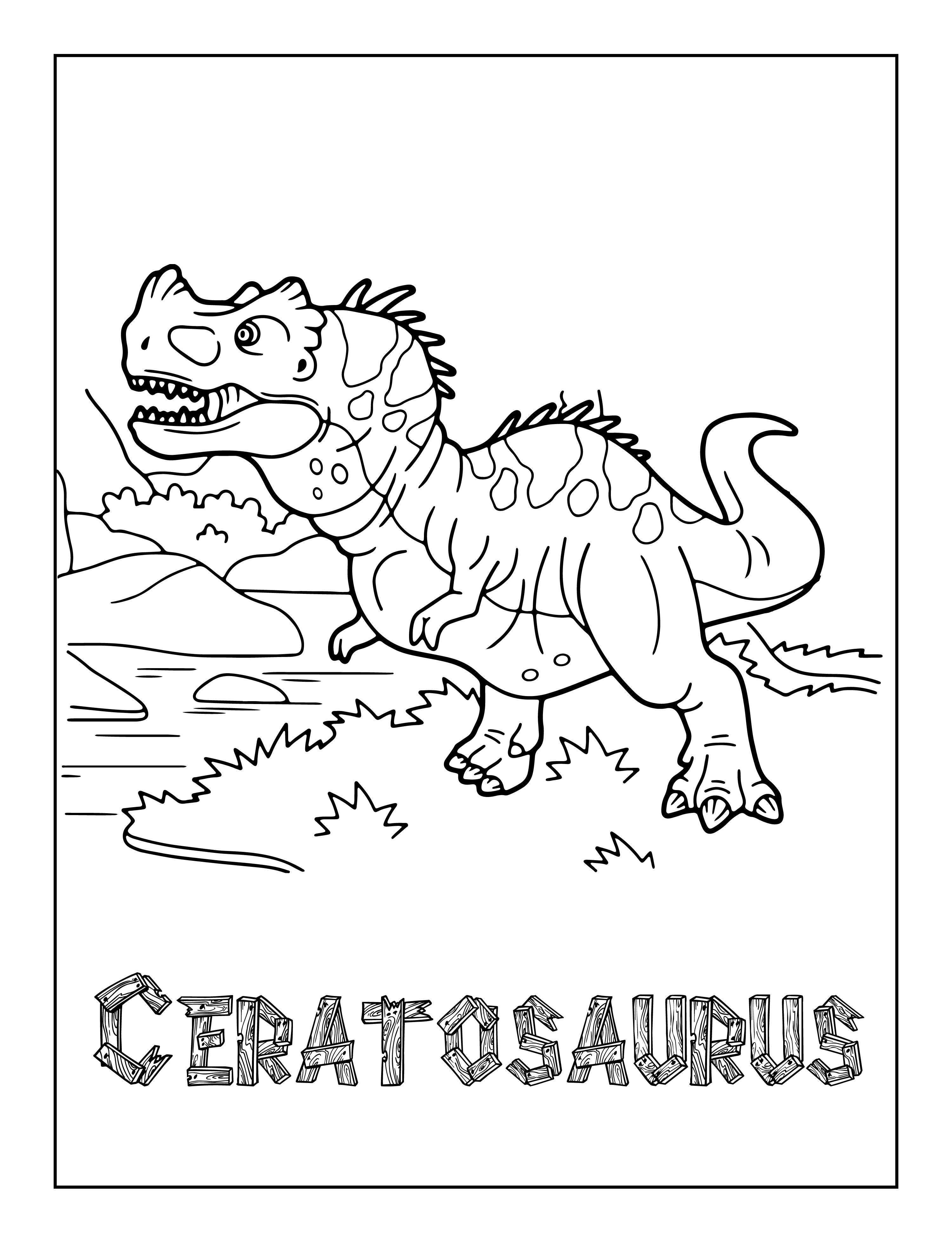
free ceratosaurus coloring pages 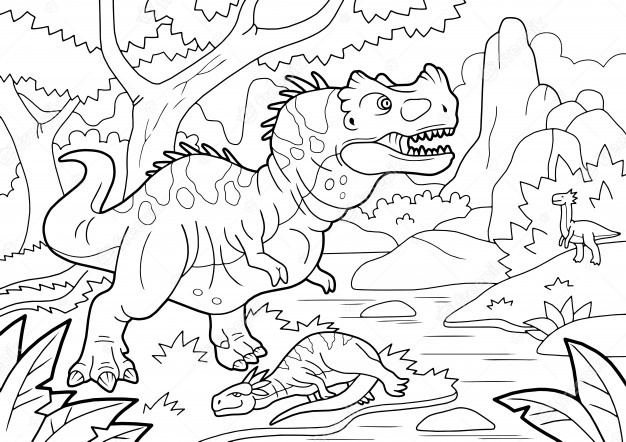
free printable ceratosaurus coloring pages 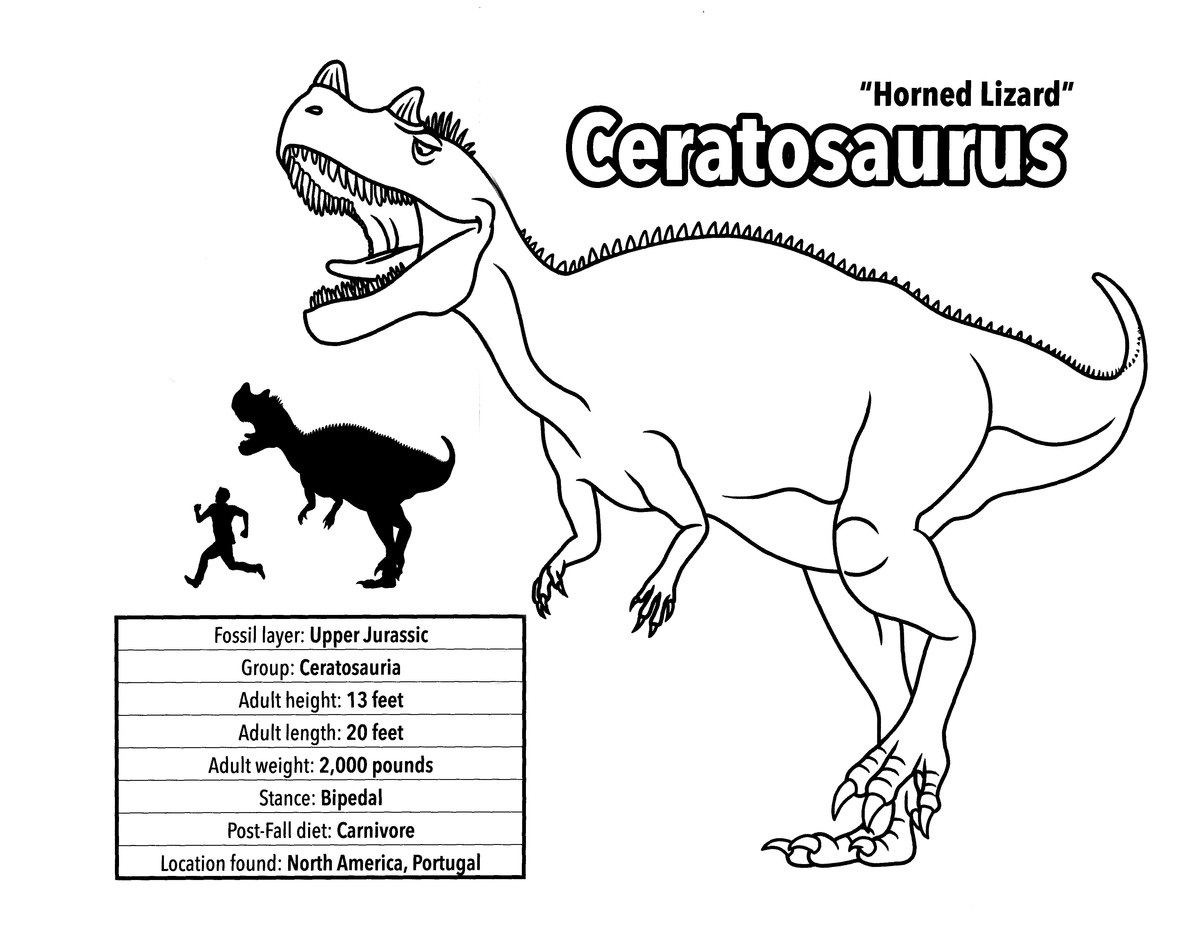
printable ceratosaurus coloring pages 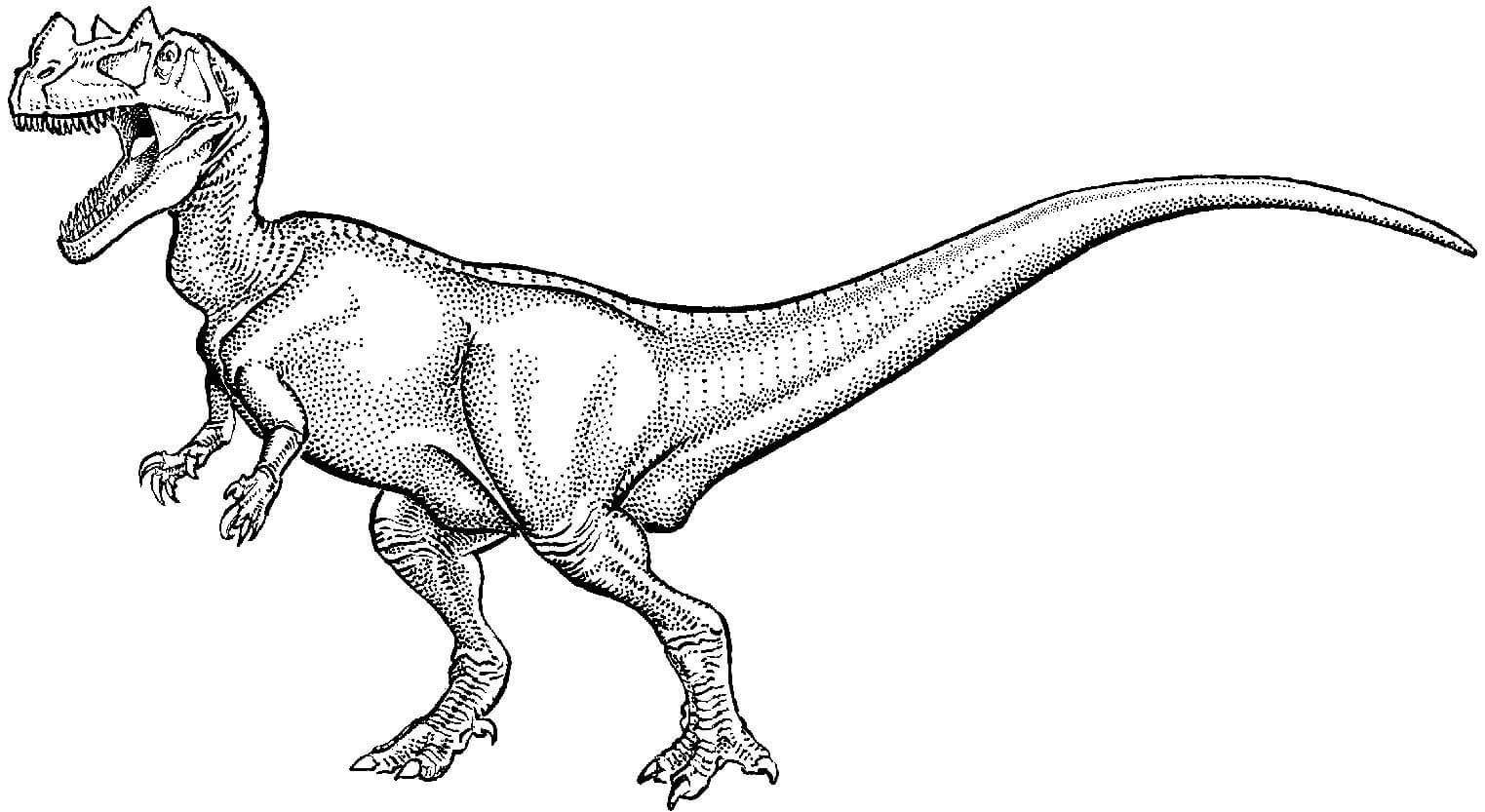
realistic ceratosaurus coloring pages
They belong to the Ceratosauridae family, and the best-known specimen is Ceratosaurus nasicornis.
Ceratosaurus is one of the first dinosaurs to be located and the fourth theropod to be found. However, a division could not be established. Hence, it was taken as a type member of the infraorder Ceratosauria.
Although there are still doubts about its origin and mofology, Ceratosaurus roechlingi from Tanzania and Ceratosaurus meriani from Switzerland are named in these ancient finds.
Ceratosaurus nasicornis was positioned in Portugal. Today it is clear that its former territory currently hosts North America, Europe, and Africa.
If there is something distinctive about Ceratosaurus, the horn crowns its head, which was notably more significant than its body.
This formation was explicitly located in the dorsal region, just after its nostrils. Regarding its teeth, it is said that it had three teeth with small mesial dentures.
Its neck was muscular and massive, despite being short. In its skeleton, both its sacrum and synsacrum were fused. And its pelvis was peculiar since the bones “communicated”.
Its skin looked like the armor of a warrior since it was covered by tiny osteoderms, which spread from the middle of its back to its tail, giving it excellent protection.
Experts have not reached a consensus on the measurements of this dinosaur. There are several conflicting opinions, but some claim that it was 8 m long and 2.5 m high. Its weight was one ton.
Another curious fact is that its tail was 50% larger than its body. It was characterized by being slender and having excellent flexibility. It was provided with dorsal spines, right in the center of its back.
It is known that it was highly functional since, as in cats, it favored their balance. In addition, it helped its mobility. It possessed great ease of movement, and its tail suggests that it was a very competent swimmer.
There are different opinions as to how it is fed. Some specialists claim that it hunted in the water, preying on tiny reptiles or fish. At the same time, others consider that it could be the predator of more enormous dinosaurs.
Its habits around this subject attract attention. It is estimated that young and adult Ceratosaurus hunted in groups, which represents an almost unique behavior in this type of animal.
Given that it is “normal” for the herd to be composed only of adult specimens, it is not excluded that they ate carrion. In particular, considering that they had a large size, it was easier for them to take prey from smaller predators.
To determine their habits, specialists rely on their countenance. The elongated fangs in its mouth suggest that it held its victims, making it impossible for them to escape.
It is also estimated that it competed for food with Allosaurus, an extinct genus with four valid species.
Above its eyes protruded prominences very similar to crests that, undoubtedly, gave it a very ferocious air.
In the first instance, scholarly hypotheses rule out the possibility that it used its horn as a weapon. After analyzing it, some of them detected that it lacked the necessary conditions to cause wounds to an adversary.